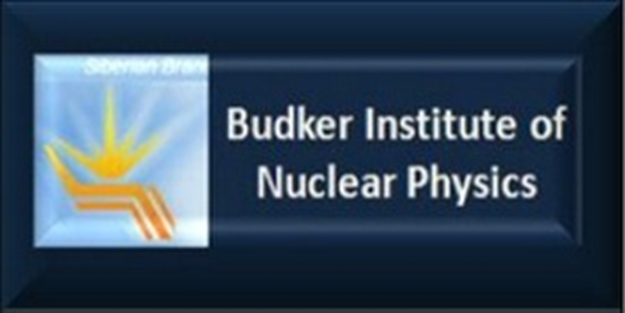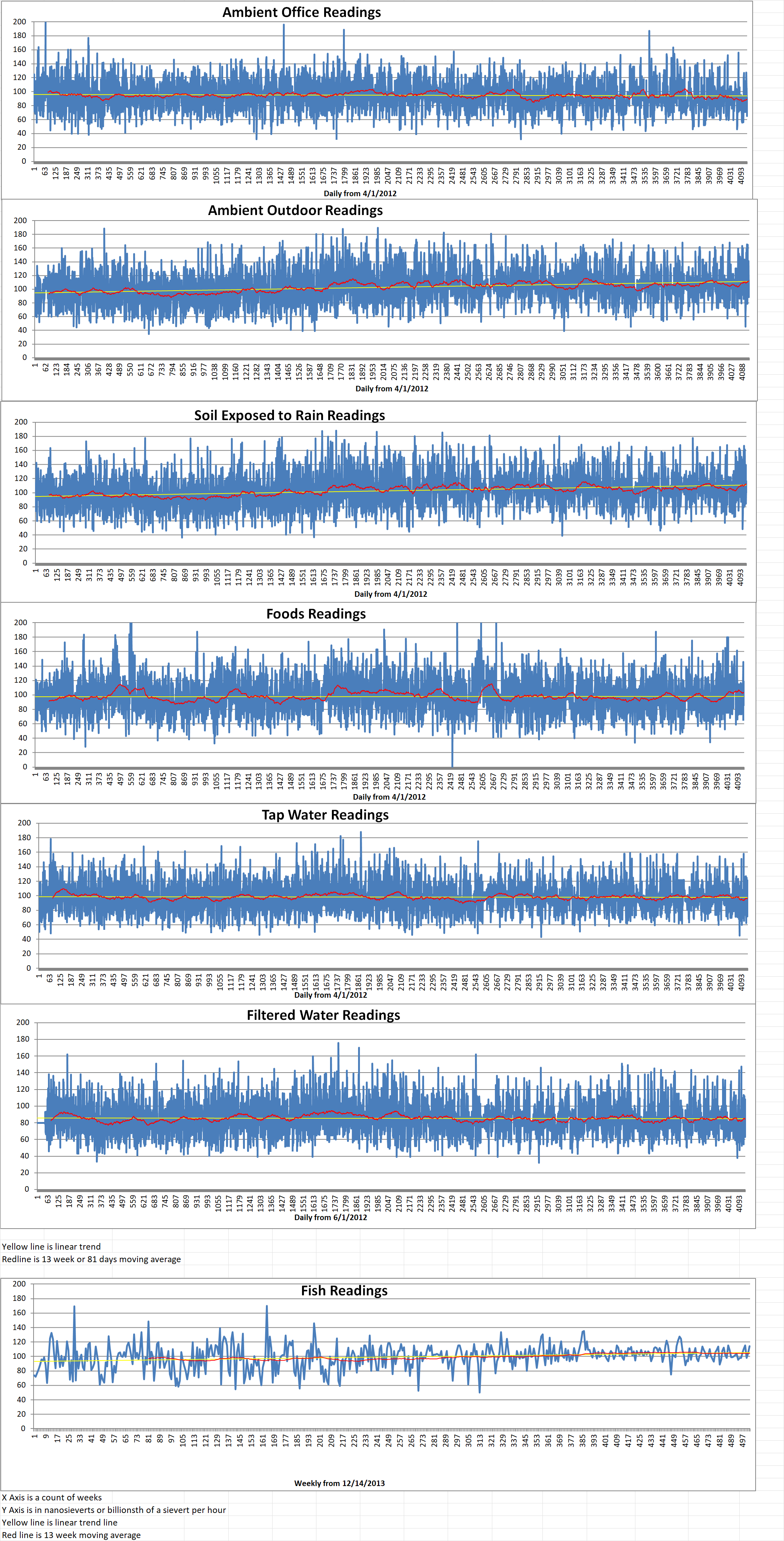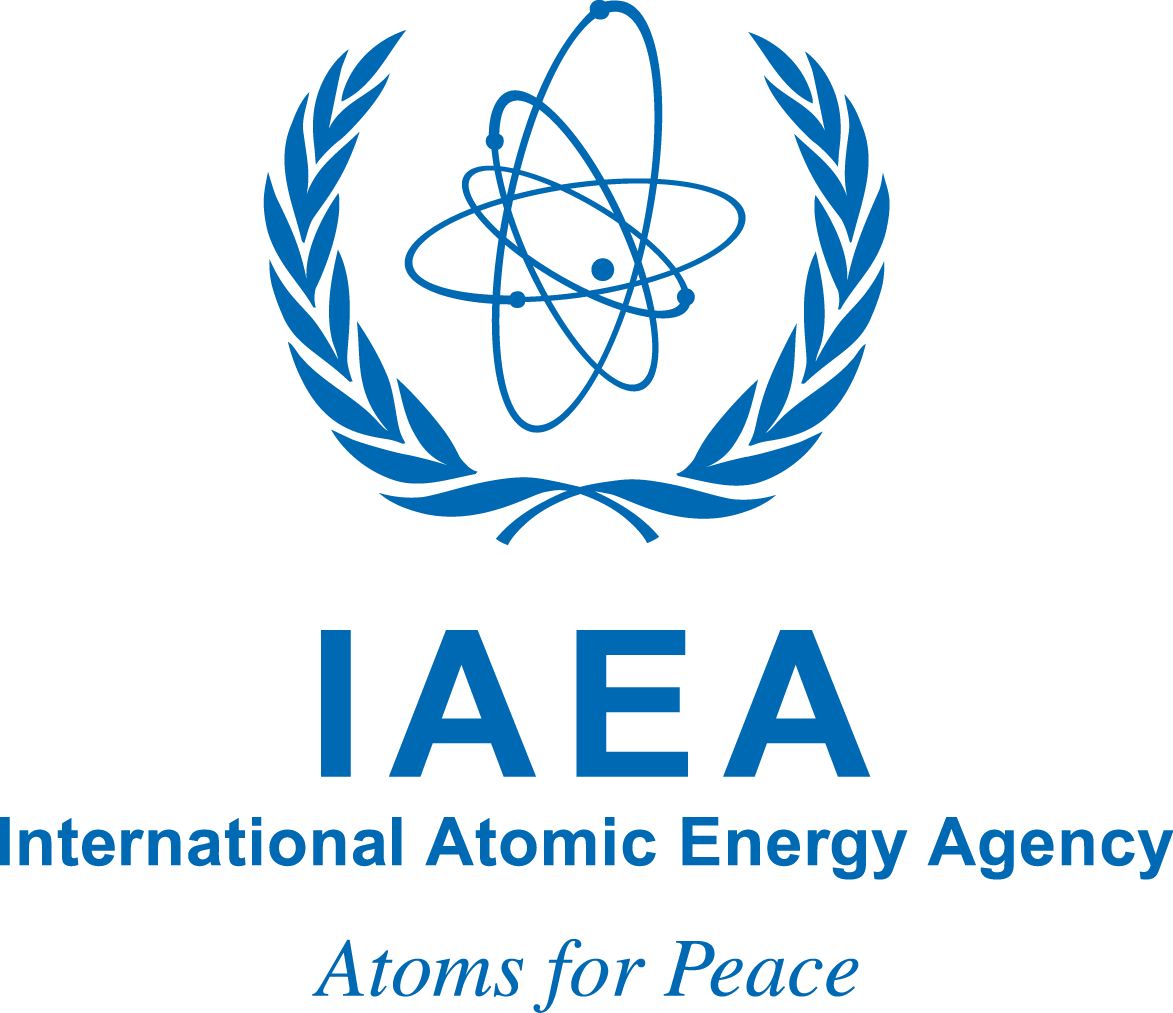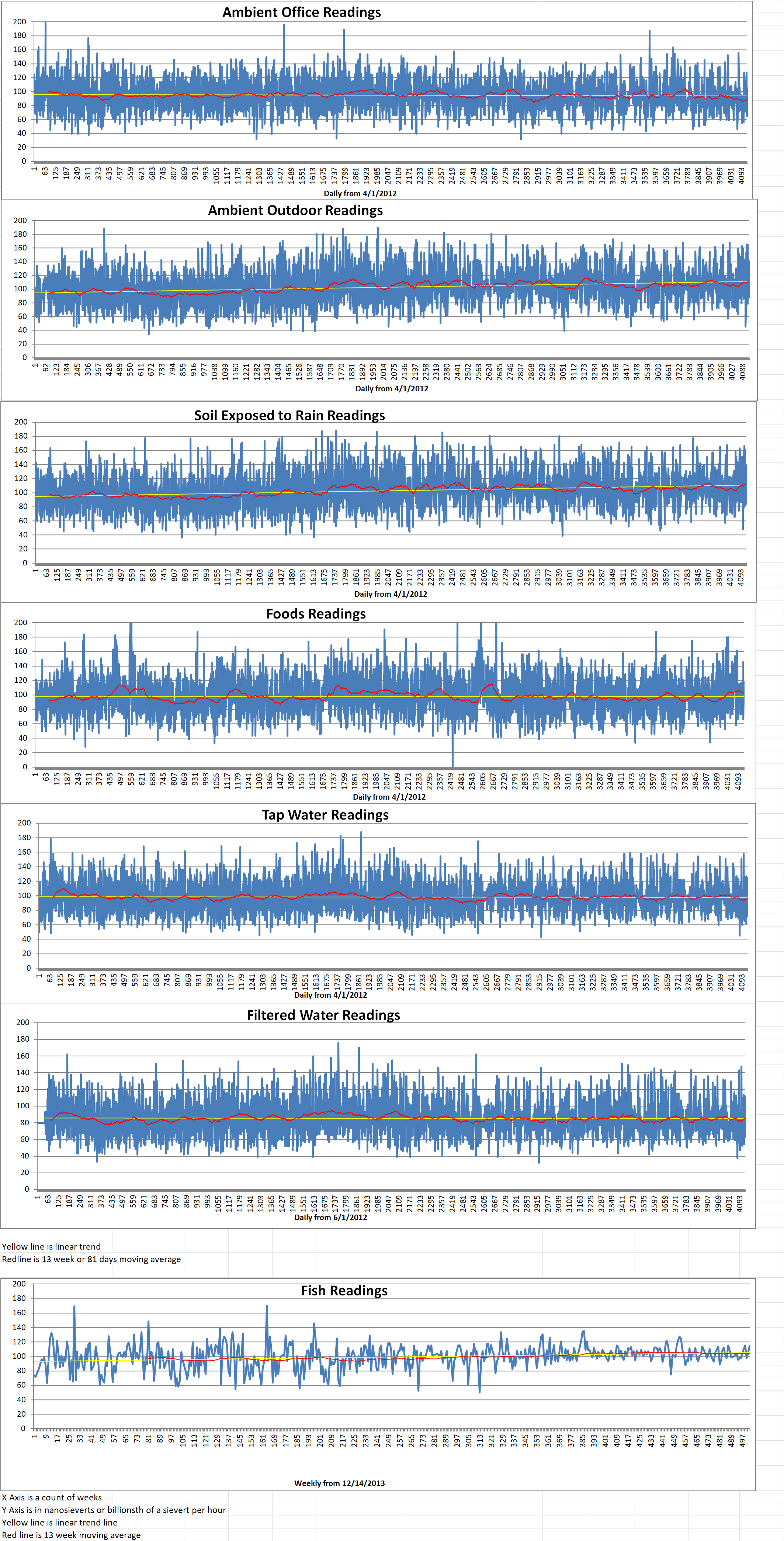Researchers at the GI Budker Institute of Nuclear Physics at the Siberian Branch of the Russian Academy of Sciences (INP SP RAS) has begun testing a new coating made from boron carbide for the walls of the International Experimental Thermonuclear Reactor (ITER) currently under construction in France.
The Russian Research has been reported in Nuclear Engineering International and explains that the team looked for a material to withstand damage caused by plasma abrasion during a thermonuclear fusion reaction.
ITER is a tokamak which is a toroidal vacuum chamber. Finding a material for the first wall that meets all the requirements was difficult. Carbon has been used in research for tokamaks to protect the walls but it proved problematic because it can retain hydrogen isotopes and radioactive tritium.
Currently, tungsten and beryllium are used in the first wall of the fusion chamber in ITER, which can withstand high temperatures and is very light. However, dust from beryllium is toxic and is a strong carcinogen.
Anatoly Krasolnikov is the head of the ITER center. He has been leading the team that looked for alternative options for covering the wall of the tokamak. The desired material needed to be heat-resistant, lightweight, with high thermal and electrical conductivity. The list of candidates included some types of ceramics which are typically used as insulators.
The Lavrentyev Institute of Hydrodynamics SB RAS, the Khristianovitch Institute of Theoretical & Applied Mechanics, and the Tomsk State University of Management Systems & Radio Electronics were all involved in the study.
A coating of special material was applied to a tokamak wall with a thickness of only tens of microns, and tests are being carried out at the BETA installation at INP SP RAS. During these tests, the material is subjected to intense thermonuclear pulse loads and a laser-powered thermal load from the plasma. Temperature absorbed and degree of erosion are being tracked using a diagnostic system. The moment erosion begins can also be tracked. It can cause roughness of the wall to change and can be identified with the subsequent loss of matter.
Dmitry Cherepanov is a Research engineer with the Russian team. He explained, “the purpose of the tests was to characterize the limit of the loads that our test martials can withstand during pulsed heating.”
Researcher Alexander Burdakov said, “We have been developing neutron protection from boron carbide with Virial (St Petersburg) for a long time. Viral company is a manufacturer of equipment components of ceramic and cera-metallic materials. This substance is very durable, has relatively good thermal conductivity, and we test it under the impulse loads that are characteristic of tokamaks.”
Boron carbide is similar to light beryllium. It does not cause the walls to cool quickly, and it also is readily available. When using boron carbide, there are two options because it can completely replace tungsten or be applied to tungsten walls as a protective coating.
Currently, the results from the BETA complex testing indicate that the threshold values of loads at which ceramics begin to collapse are similar to tungsten. Other tests also suggest that boron carbide is competitive with tungsten carbide and beryllium coatings.






